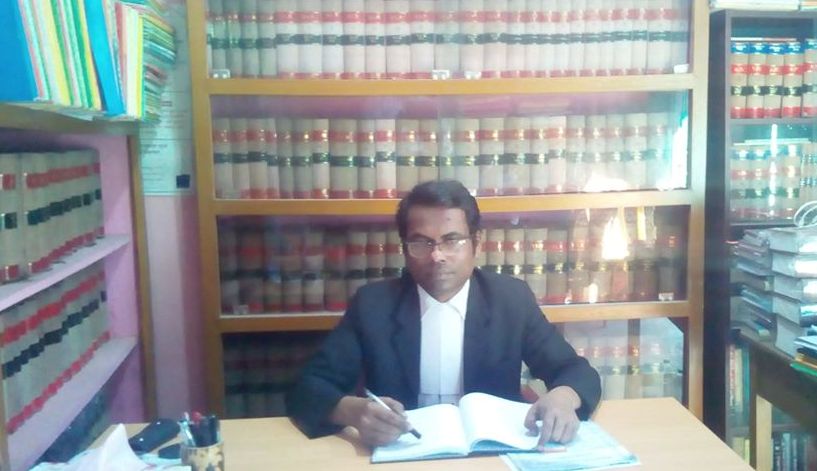The Virtual Courts vis-à-vis the Open Courts

Mohammed Shahjahan:
‘Not only must justice be done, it must also be seen to be done’-so goes the oft-quoted aphorism propounded arguably first by Lord Hewart CJ and his companion Justices Lush and Sankey JJ in the Judgment in R Vs. Sussex Justices, Ex Parte McCarthy reported in 1924 1 KB 256 and 1923 All ER Rep 233 respectively.
That the courts of law tasked with the noble duty of dispensing justice should, subject to holding trial-in-camera per provisions contained in a few special laws, be open to all and sundry has by now been recognized globally as a well-settled principle of law.
As a matter of fact, the concept of the open courts is an anti-thesis to secrecy in judicial proceedings in general. To borrow from Jeremy Bentham as referred to in the Judgment in Scott Vs. Scott reported in [1913] AC 417/ [1913] UKHL 2 -“In the darkness of secrecy sinister interest and evil in every shape, have full swing—-Where there is no publicity there is no justice. Publicity is the very soul of justice. It is the keenest spur to exertion and surest of all guards against improbity. It keeps the Judge himself while trying under trial.”
The framers of the Constitution of the Republic of Bangladesh were not oblivious to the virtues of the open courts; hence Article 35 of the Constitution states, inter alia, that every person accused of a criminal offence shall have the right to a public trial. Besides, Section 352 of the Code of Criminal Procedure, 1898 provides for the courts to be open to the public in general while Section 353 and Section 366 mandatorily require the courts to take evidence and pronounce judgment in the open courts just as Rule 4 of Order 18 and Rule 1 of Order 20 of the Code of Civil Procedure, 1908 respectively do.With the promulgation of the Use of the Information Technology in Court Ordinance (Ordinance No.1 of 2020) destined to become an Act of Parliament in due course, the realities of the open courts have, so to speak, gathered momentum in our domestic jurisdiction.
Despite the fact that national legal regimes with contrary legal provisions tend to hold the open courts back in some foreign jurisdictions, judicial activism elsewhere appears not to have backed down from giving impetus to the open courts allowing even Audio-Video (AV) recordings of the court proceedings posted online. Shining examples are many in number. In 2018, the Supreme Court of India in the very elaborate Judgment passed in Swapnil Tripathi Vs. Supreme Court Of India allowed live dissemination of proceedings before the Supreme Court of India with the aid of Information and Communications Technology (ICT). The Supreme Court of The United States held in the Judgment in Chandlier Vs. Florida reported in 449 U.S. 560 (1981) that it was legal for a State to allow the broadcast and still photography coverage of criminal trials. The High Court of Australia which is in fact the highest court in that country also was of the same opinion in the Judgment passed in the case of Grolla Vs. Palmer reported in (1995) HCA 26.
Legal experts, lawyers and judges from both home and abroad are of the opinion that the virtual courts in the truest sense of the term contribute significantly to the lofty concept of open courts that would further stengthen rule of law; the more open the courts are, the more transparent, corruption-free, educative and speedier they are; Moreover, public trial in open court is a sin-qua-non for the healthy, objective and fair administration of justice; While acting as a check against judicial caprices or vagaries, public scrutiny helps create confidence of the public in the fairness and impartiality of the judiciary. But quite unlike the other two organs of the state, i.e, the legislature and the executive, the proceedings of the judiciary have hithterto remained mostly secluded and jealously guarded from the view of the public at large. Things have of late started to change for the better with the introduction of the virtual courts, though.
Over the past few days, the virtual courts having operated with considerable success have garnered hopes among the stake-holders here. With the favourable legal regimes in terms of the virtual courts coupled with the relevant legal provisions as to open courts and judicial precedents galore, no legal hindrance to the overral digitalization of the judiciary and the operation of the virtual courts varying from case to case for all purposes of the Ordinance No.1 of 2020 even in normal times is contemplated. One only hopes that someone competent is out there to bell the cat.
Mohammed Shahjahan: Advocate, Supreme Court of Bangladesh.
shahjahanmohammed38@gmail.com

